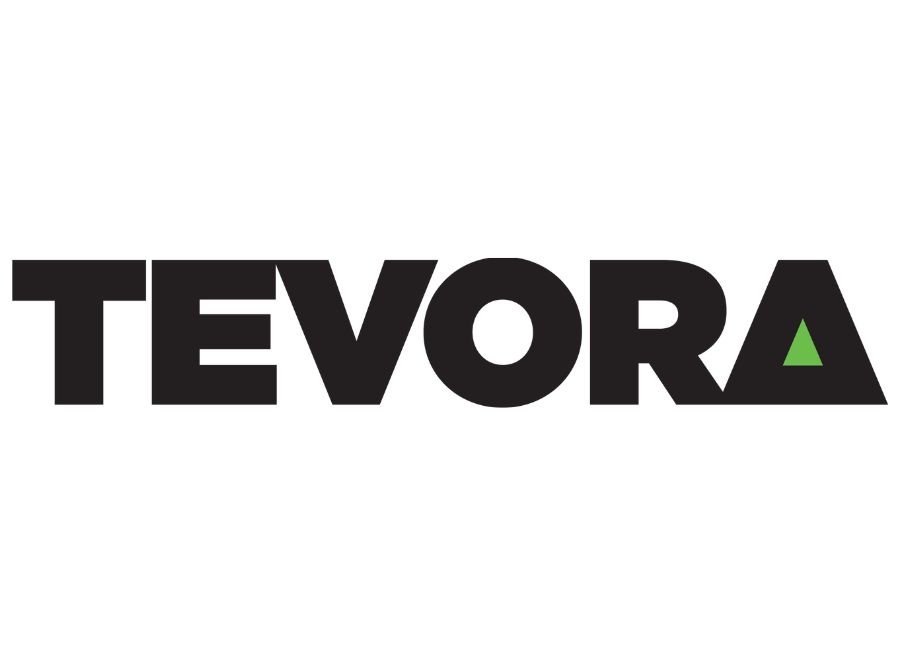The ISO 42001 Blueprint: From Concept to Trustworthy AI
Navigating Customer Trust of Artificial Intelligence with an AI Management System (AIMS)
The Era of Accountable AI
Artificial Intelligence (AI) is rapidly transforming industries, unlocking unprecedented innovation and efficiency. From automating complex processes to delivering personalized experiences, AI’s potential seems limitless. As AI becomes more pervasive, so do the challenges associated with its transparency, security, and accountability. Organizations globally are grappling with how to incorporate and benefit from AI while mitigating its risks and maintaining or building trust in their services and products.
ISO/IEC 42001:2023 is the world’s first international standard for Artificial Intelligence Management Systems (AIMS). This landmark standard provides a comprehensive framework for organizations to develop, deploy, and use AI responsibly and effectively. It is not just about compliance; it’s about establishing a robust blueprint for trustworthy AI that drives sustainable value and innovation.
Why Does ISO 42001 Matter Now?
In an increasingly AI-driven world, trust is the new currency. Stakeholders, including customers, investors, and regulators, are demanding greater assurance that AI systems are developed and used ethically, securely, and transparently. ISO 42001 addresses this critical need by providing a structured approach to:
- Mitigate Risks: Proactively identify and manage risks associated with AI, such as bias, privacy breaches, security vulnerabilities, and unintended consequences.
- Foster Trust: Demonstrate a verifiable commitment to responsible AI, enhancing reputation and stakeholder confidence.
- Ensure Compliance: Establish a framework that aligns with emerging AI regulations worldwide (e.g., EU AI Act, various national data privacy laws).
- Drive Ethical Innovation: Embed ethical considerations into the AI lifecycle, leading to more robust, fair, and accepted AI solutions.
- Enhance Efficiency: Streamline AI governance processes, optimize resource allocation, and improve decision-making related to AI initiatives.
Understanding the AIMS Lifecycle
At its heart, ISO 42001 provides a management system approach, akin to other ISO standards like ISO 27001 for Information Security or ISO 27701 for Privacy. It applies the familiar Plan-Do-Check-Act (PDCA) cycle to the unique challenges of AI, guiding organizations through the entire AIMS lifecycle.
1. Establishing the Foundation for Responsible AI
This phase is about defining the scope, context, and objectives for your AIMS.
- Understanding the Organization and its Context: Identify internal and external issues relevant to AI, including stakeholder needs and expectations (e.g., customers, employees, regulators).
- Leadership and Commitment: Top management must demonstrate commitment to the AIMS, defining roles, responsibilities, and authorities.
- Risk and Opportunity Assessment: Conduct thorough assessments of AI-related risks and opportunities.
- Objectives and Planning for AIMS: Set measurable objectives for responsible AI development and deployment, and plan actions to achieve them.
- Resources: Allocate necessary resources (human, infrastructure, financial) for the AIMS.
- Competence and Awareness: Ensure personnel involved in AI have the necessary skills and are aware of their AIMS responsibilities.
- Communication: Establish clear communication processes for internal and external stakeholders regarding the AIMS.
- Documented Information: Maintain necessary documentation and processes for the AIMS.
2. Implementing Responsible AI Practices
This phase focuses on the operationalization of your AI policies and controls.
- Operational Planning and Control: Implement documented processes for managing AI development, acquisition, and deployment.
- AI System Lifecycle Activities: This is where the core of AI development and management happens, encompassing:
- Requirements Definition: Clearly define AI system objectives, data needs, performance metrics, and ethical considerations.
- Data Management: Implement robust processes for data collection, quality, security, and governance to prevent bias and ensure privacy.
- Model Development: Design, train, and test AI models with considerations for fairness, transparency, and robustness.
- Verification and Validation: Rigorously test AI systems to ensure they meet requirements and perform as intended.
- Deployment: Plan and execute the safe and secure deployment of AI systems.
- Operation and Maintenance: Monitor AI system performance, manage incidents, and perform regular maintenance.
- Decommissioning: Establish clear procedures for the safe and ethical decommissioning of AI systems.
- AI System Specific Controls: Implement controls tailored to specific AI risks, such as explainability requirements, bias detection mechanisms, or human oversight protocols.
3. Monitoring and Evaluating AIMS Effectiveness
This phase involves continuous monitoring and evaluation of your AIMS.
- Monitoring, Measurement, Analysis, and Evaluation: Regularly track AI system performance, AIMS objectives, and control effectiveness.
- Internal Audit: Conduct annual independent internal audits of the AIMS to ensure conformity with the standards and internal requirements.
- Management Review: Perform management reviews the AIMS at planned intervals to ensure its continued suitability, adequacy, and effectiveness.
4. Continuous Improvement
This final phase focuses on continuous improvement of your AIMS.
- Nonconformity and Corrective Action: Address nonconformities promptly and take corrective actions to prevent recurrence.
- Continual Improvement: Proactively seek opportunities to enhance the effectiveness and suitability of the AIMS, adapting to new AI technologies and evolving risks.
The Benefits of Adopting ISO 42001
Embracing ISO 42001 transforms how organizations approach AI.
- Enhanced Reputation & Trust: Certification signals a serious commitment to ethical and responsible AI, building confidence among customers, partners, and the public.
- Competitive Differentiation: Stand out in the market by demonstrating superior AI governance and risk management capabilities.
- Improved Risk Management: Systematically identify, assess, and mitigate AI-specific risks, reducing potential liabilities and safeguarding your organization.
- Streamlined Compliance: Prepare for current and future AI regulations by establishing a structured, auditable management system.
- Sustainable Innovation: Foster an environment where AI innovation thrives within a robust ethical and security framework.
- Operational Efficiency: Optimize AI development and deployment processes, leading to cost savings and improved resource utilization.
- Stronger Governance: Establish clear roles, responsibilities, and accountability for AI decision-making across the organization.
Your Path to Trustworthy AI
The era of AI is here, and responsible AI is a strategic imperative. ISO 42001 provides the definitive blueprint for organizations to build, deploy, and manage AI systems that are innovative, secure, ethical, and trustworthy. By adopting an ISO 42001-aligned AIMS, your organization can navigate the complexities of AI with confidence, turn challenges into opportunities, and establish itself as a leader in the responsible AI revolution.
Ready to build your blueprint for trustworthy AI?
Tevora specializes in guiding organizations through readiness assessments and internal audits, preparing customers for certification against ISO/IEC 42001:2023. Contact us today to learn how we can help you unlock the potential of your AI initiatives.




